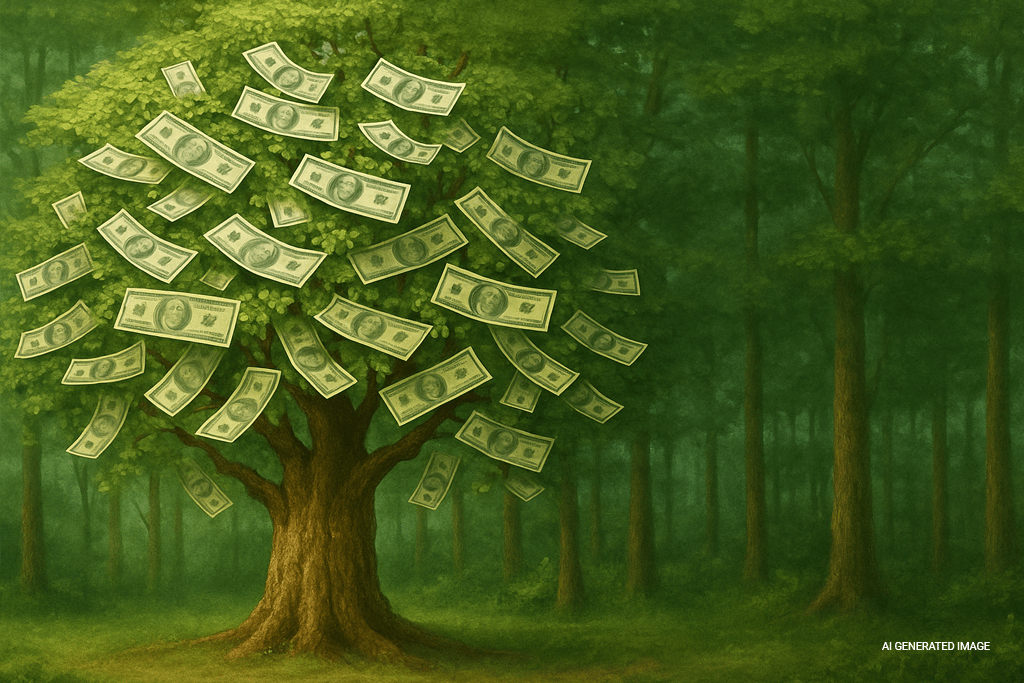- Misleads Consumers: It gives buyers a false sense of sustainability and may divert funds away from truly eco-friendly companies.
- Undermines Real Progress: Genuine environmental efforts may be overshadowed by flashy, but hollow, claims.
- Environmental Harm: Products marketed as “green” may still contain toxic chemicals, generate waste, or have high carbon footprints.
- Loss of Trust: As consumers catch on, brands that greenwash risk losing credibility and loyalty.
- Energy Star
- USDA Organic
- Fair Trade
- Green Seal
- ECOCERT
- Read the Labels Carefully: Look beyond buzzwords and find ingredient lists, sourcing info, and manufacturing details.
- Do Your Research: Visit the brand’s website. Are they transparent about their practices? Do they back up their claims?
- Look for Certifications: Third-party labels are a strong sign of authenticity.
- Support Local and Small Brands: Many smaller companies are built on sustainability principles from the ground up.
- Use Product Review Sites and Apps: Tools like Think Dirty, GoodGuide, or EWG’s Skin Deep can help you assess product safety and sustainability.
In a world where eco-conscious living is more important than ever, many companies have responded by marketing their products as “green,” “eco-friendly,” or “natural.” But not all of these claims are genuine. This deceptive marketing tactic—known as greenwashing—can mislead well-meaning consumers into purchasing products that aren’t as sustainable or safe as they appear.
Here’s what greenwashing is, why it matters, and how you can spot it when shopping for home products.
What Is Greenwashing?

Greenwashing is the practice of making misleading or unsubstantiated claims about the environmental benefits of a product, service, or company. It’s designed to appeal to environmentally conscious consumers without the brand actually adopting sustainable practices.
This can range from exaggerated eco-claims to vague buzzwords that sound green but mean little. The result? Consumers believe they’re making a positive impact, when in reality, they might be supporting companies that continue to harm the planet.
Why Greenwashing Matters
Common Greenwashing Tactics to Watch For
1. Vague or Undefined Claims
Terms like “eco-friendly,” “non-toxic,” “green,” or “natural” can be used freely without regulation. If a product uses these words but doesn’t provide third-party verification or detailed explanations, be skeptical.
2. Misleading Labels and Imagery
Earthy colors, leaves, and animals on packaging can give the illusion of sustainability, even when the product isn’t environmentally responsible. This visual tactic plays on emotions rather than facts.
3. Irrelevant Claims
Some brands highlight a single eco-friendly feature to distract from the rest of the product. For example, boasting “CFC-free” on a product where CFCs are already banned is irrelevant and misleading.
4. Lack of Transparency
If a company isn’t open about its sourcing, manufacturing, or ingredient list, it’s difficult to verify its green claims. Legitimate eco-brands are usually transparent and proud of their processes.
5. No Third-Party Certifications
Truly sustainable products often carry certifications like:
If a product claims to be environmentally friendly but lacks third-party verification, it may not be as green as it sounds.
How to Be a Smarter Shopper

Identifying False Eco Claims in Home Products
As sustainability becomes more central to the way we live and shop, it’s important to distinguish between truly green products and those that are simply greenwashed. Being an informed consumer means asking questions, reading labels, and holding companies accountable.
Greenwashing undermines both trust and the fight for a healthier planet—but your choices can help drive change. Demand better, shop smarter, and support brands that walk the talk.





